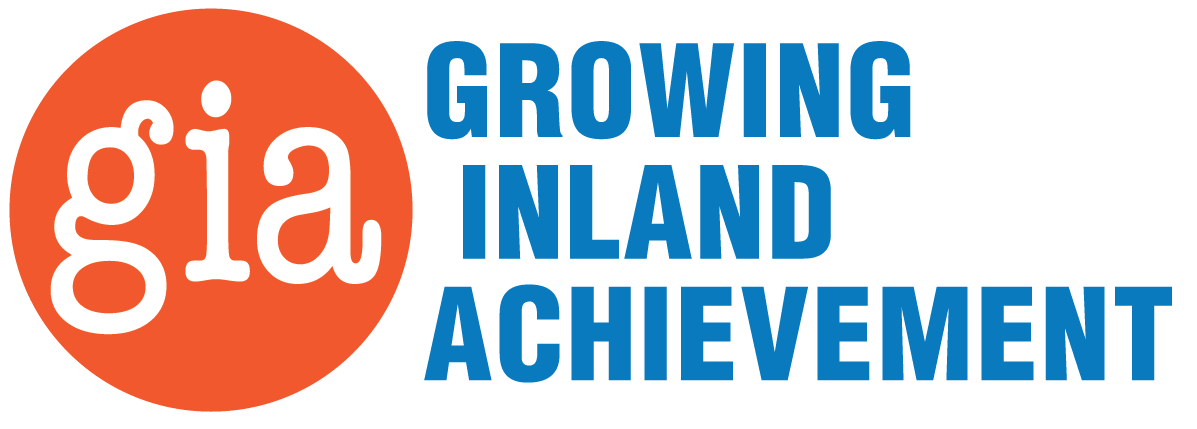
About the Postsecondary Data Partnership
The Postsecondary Data Partnership (PDP) is a nationwide effort from the National Student Clearinghouse (NSC) to help colleges and universities more easily understand student educational progress and outcomes. The objective is to provide easier access to better data in order to enhance knowledge and facilitate more informed decisions to support student success.
The PDP returns student data to institutions in two formats: “analysis-ready” files and interactive Tableau dashboards, providing for both extensive data analyses as well as exploration of interactive dashboard KPIs by a wide range of users across the campus, including:
- enrollment
- credit accumulation
- credit completion
- gateway course completion
- persistence/retention
- outcome completion
- credentials conferred
- time to credential transfer
KPIs can be filtered by:
- cohort year
- cohort term
- credential type sought
- age
- race/ethnicity
- gender
- enrollment type
- attendance
- dual/summer enrollment
- Pell
- first generation
- GPA
- academically prepared for college math and/or English
Introduction to the PDP – Webinar
Learn more about the Postsecondary Data Partnership in this webinar offered by National Student Clearinghouse.
A useful feature of the dashboards for supporting Guided Pathways equity objectives is that the KPIs can be disaggregated across multiple student-level dimensions simultaneously (rather than allowing for filtering by only one dimension at a time). It is simple to perform subgroup gap analyses that focus on early momentum metrics as well as outcomes over time. These analyses show how the size of the gaps for specific populations of students in access, success, and completion are changing over time in response to campus Guided Pathways initiatives.
The PDP can serve as a useful benchmarking tool as Inland Empire/Desert (IE/D) colleges partner to promote and implement regional strategies to increase postsecondary success and measure shared progress toward goals. Campuses can create custom comparison groups based on student characteristics and institutional context across the country as well as among the IE/D as a geographic consortia. (In addition, the PDP allows us to include bachelor-degree granting institutions, such as CSUSB and UCR, in our understanding of student postsecondary success.)
Adoption of the PDP is also a component of critical backing from national partners supportive of the work being done in the IE/D to help students navigate their college and career journey. The use of common data definitions (comparing “apples to apples”) both locally and nationally advances the capacity for shared research and best practices of postsecondary strategies for student success in the IE/D and beyond.
Moreover, for institutions reporting currently or in the future to multiple national or regional initiatives (such as GIA, Achieving the Dream, Jobs for the Future, Complete College America, AASCU, The Lumina Foundation, the Bill & Melinda Gates Foundation, Excelencia in Education, Student Success Center Network, etc.), submitting to the PDP reduces reporting burden and provides a streamlined and efficient reporting process.
Finally, as the PDP increasingly appears to be the new national standard of measure, it is cost-effective for colleges and universities to join now, since there is NO COST from NSC to institutions for participation through July 2021 (if they submit data in 2020), and GIA is offering additional extended financial coverage through 2022 of both the costs of joining the PDP as well as access to technical support services. That equals two years free if colleges submit data in 2020!
PDP Data Submission Process – Webinar
Learn more about the Postsecondary Data Partnership data submission process including best practices in identifying the data needed, how to manage files, submit data, and identify and resolve errors in the PDP.
Institutional Time Commitment
- First submission: 1 week to pull 3-5 years of historical data; approximately 1-2 weeks of passing validations and trouble-shooting
- Subsequent years: less than 1 week of validations and troubleshooting
Customized Technical Support Available
PDP Contact: Lisa Stich, [email protected], 202-306-2635
GIA Contact: Sorrel Stielstra, [email protected]
